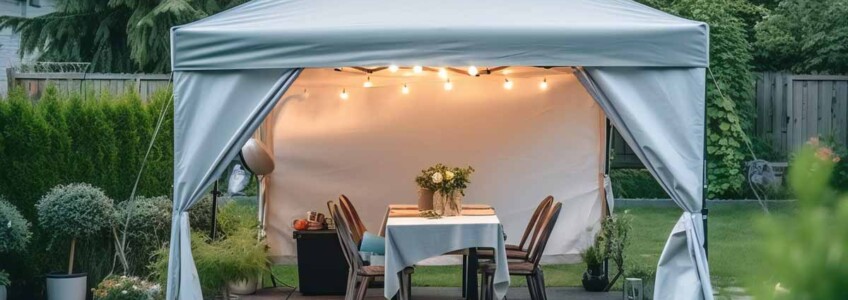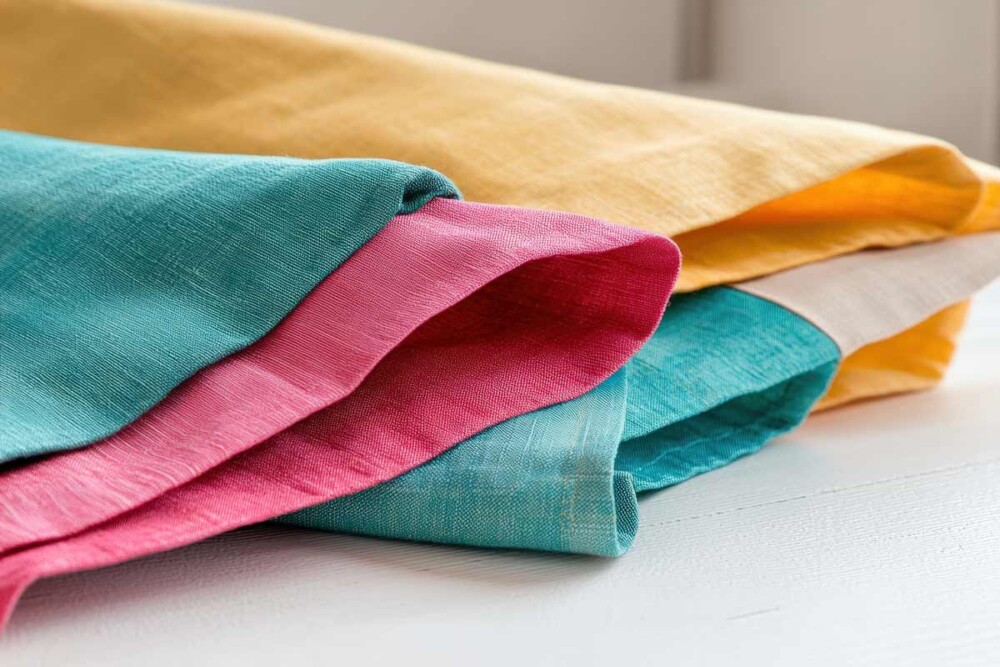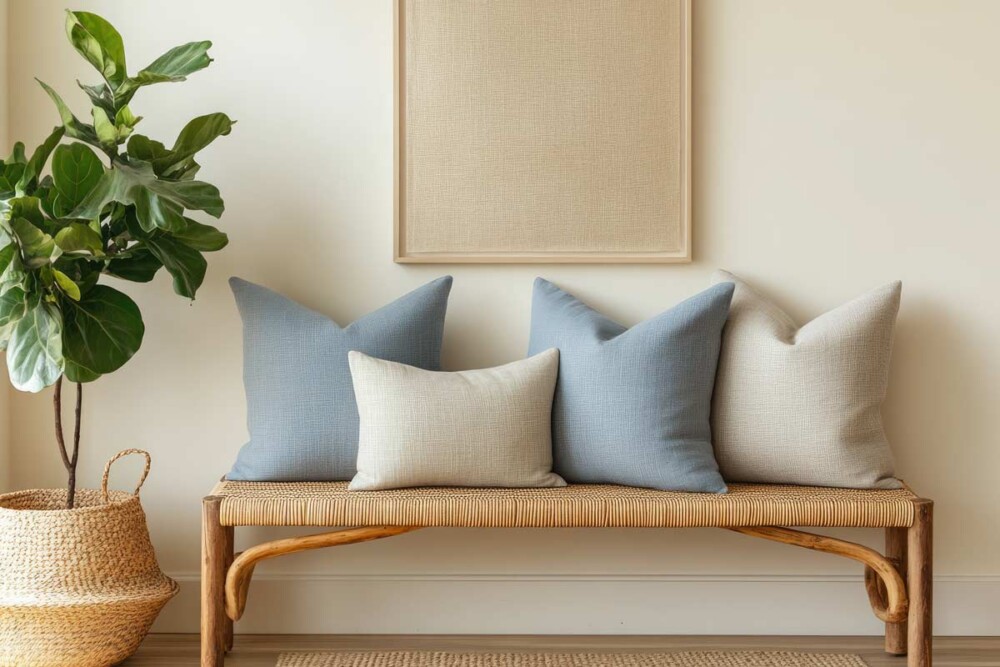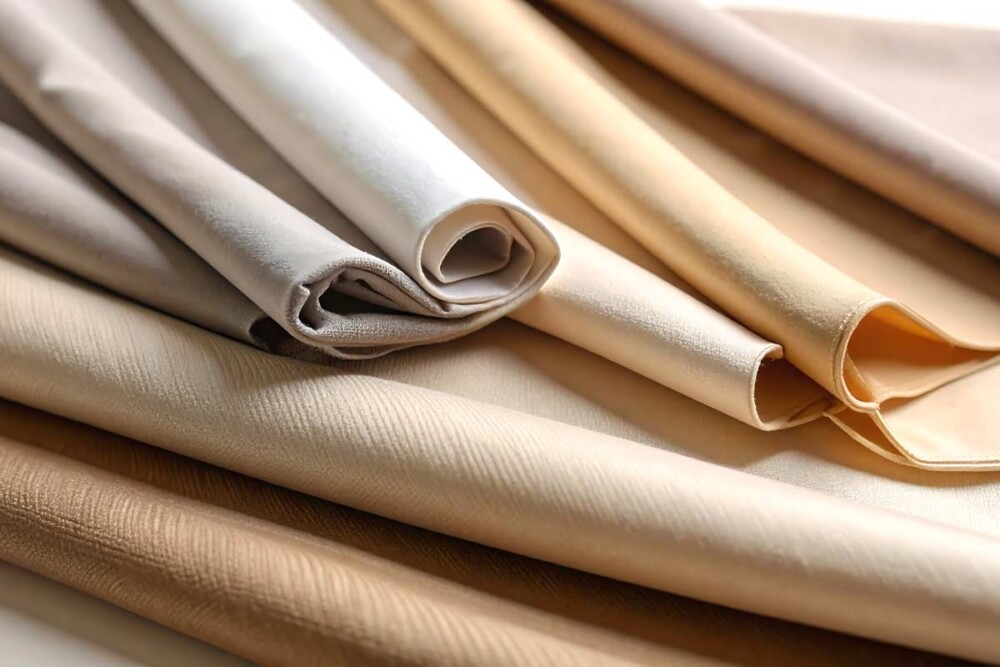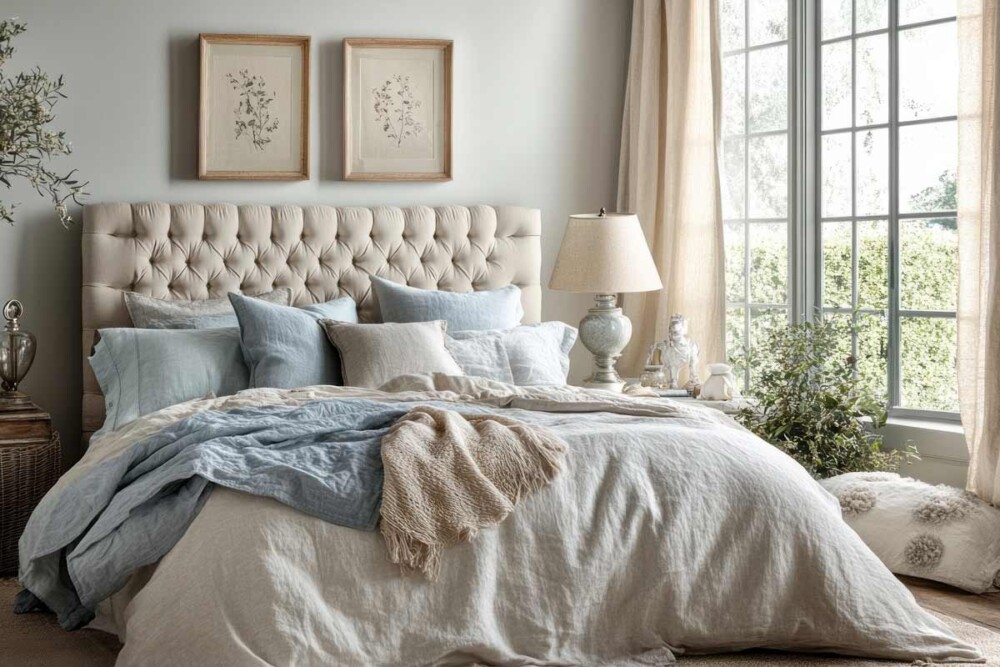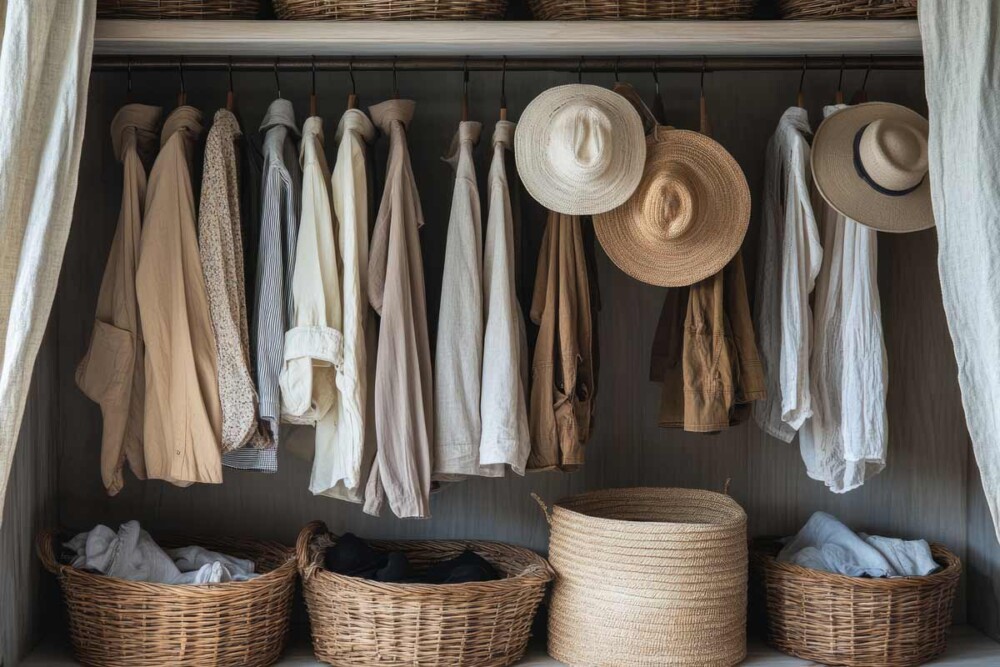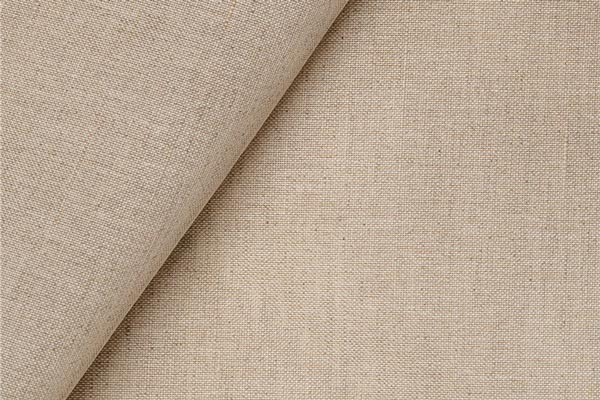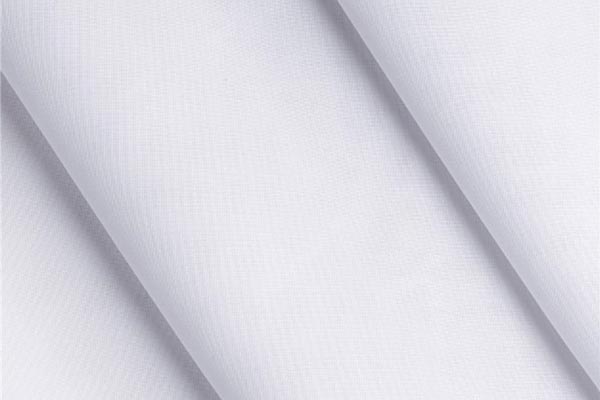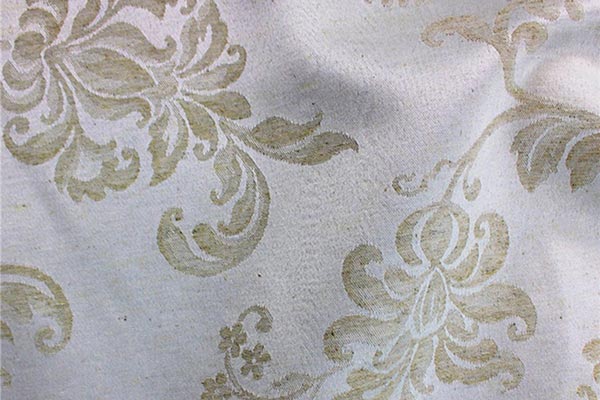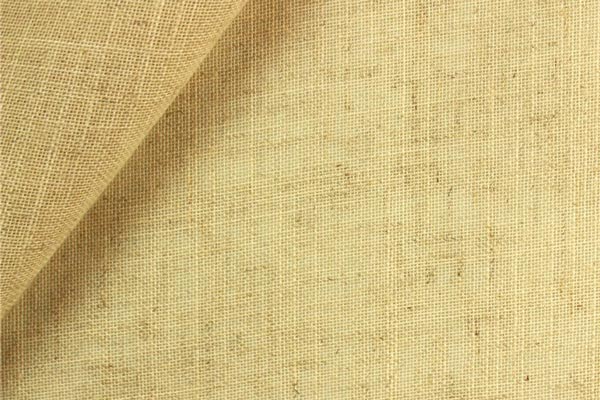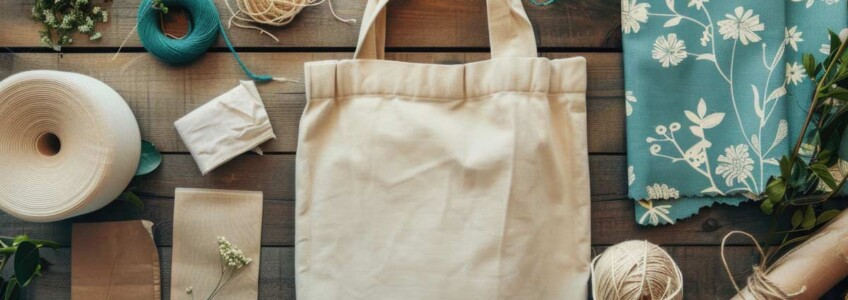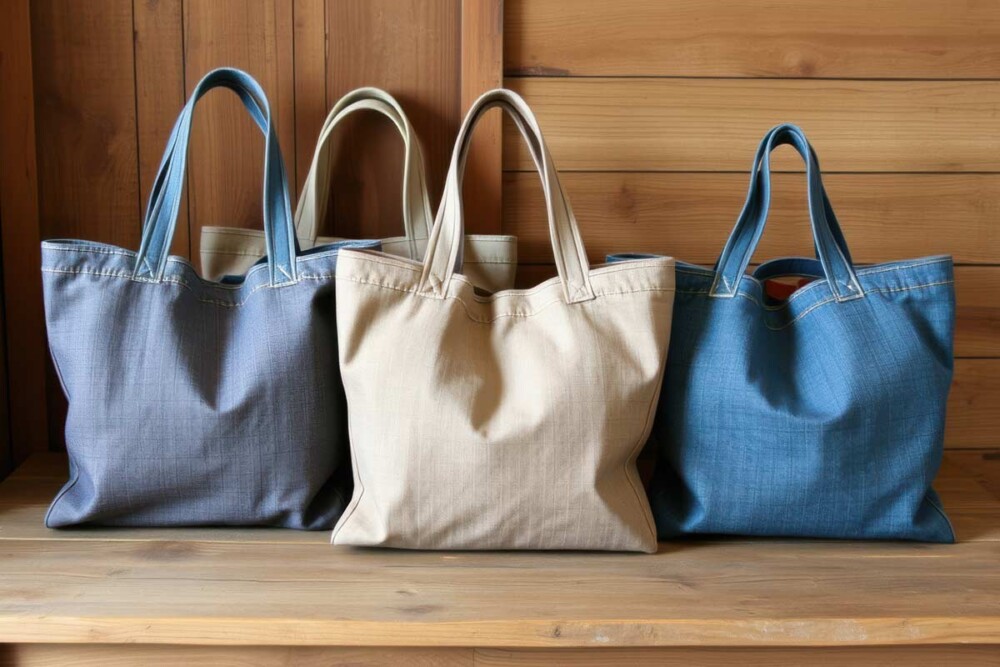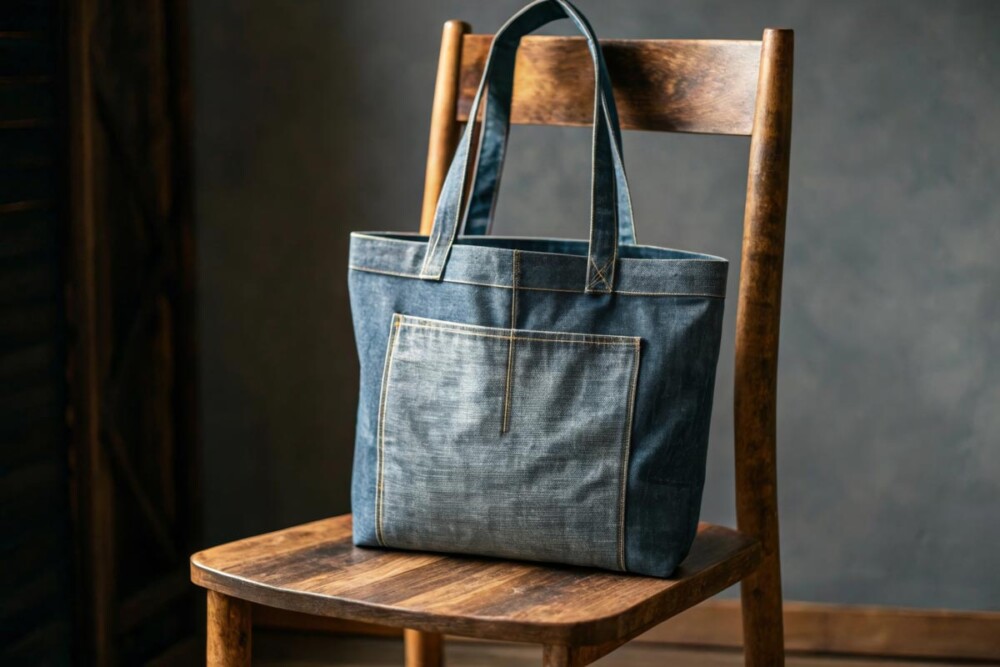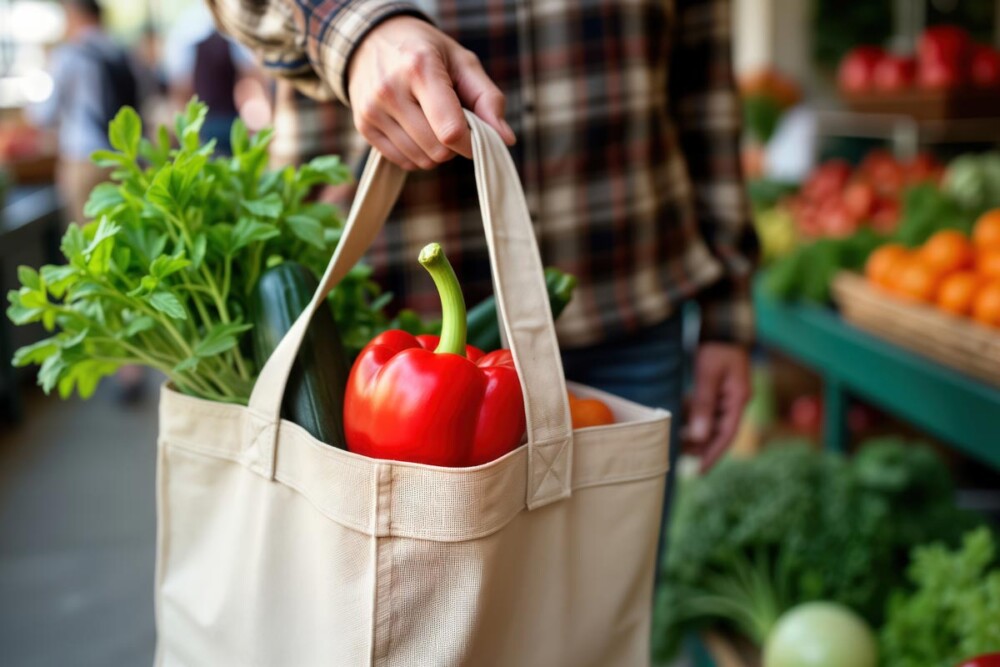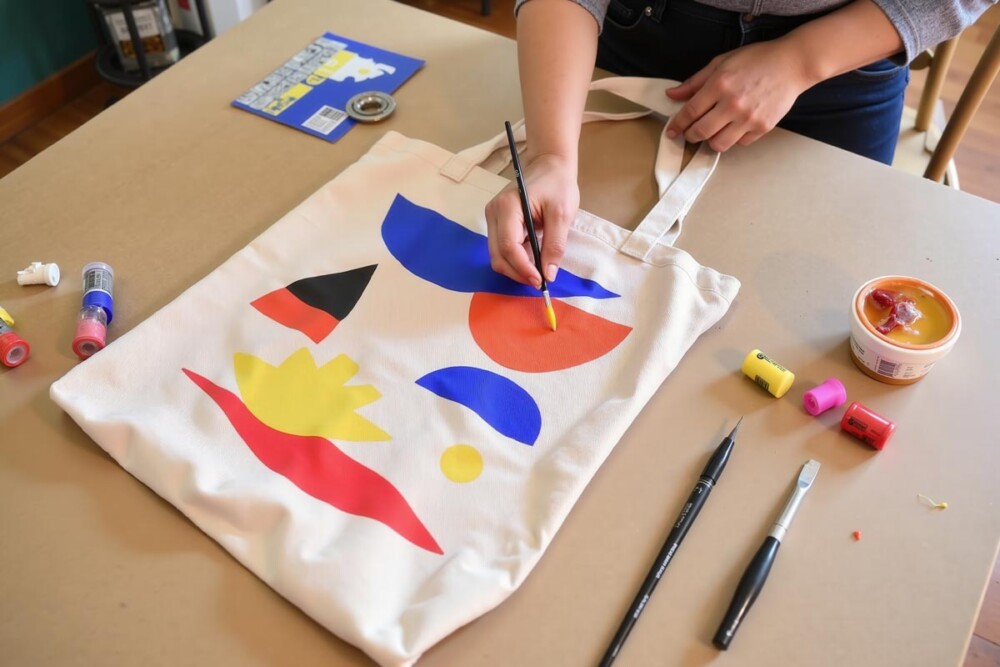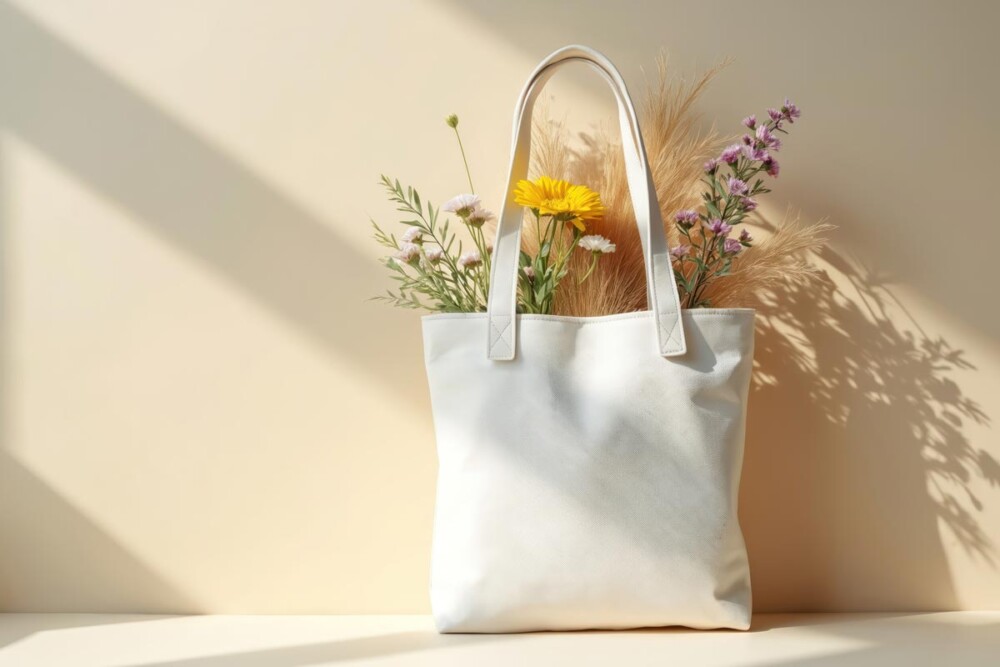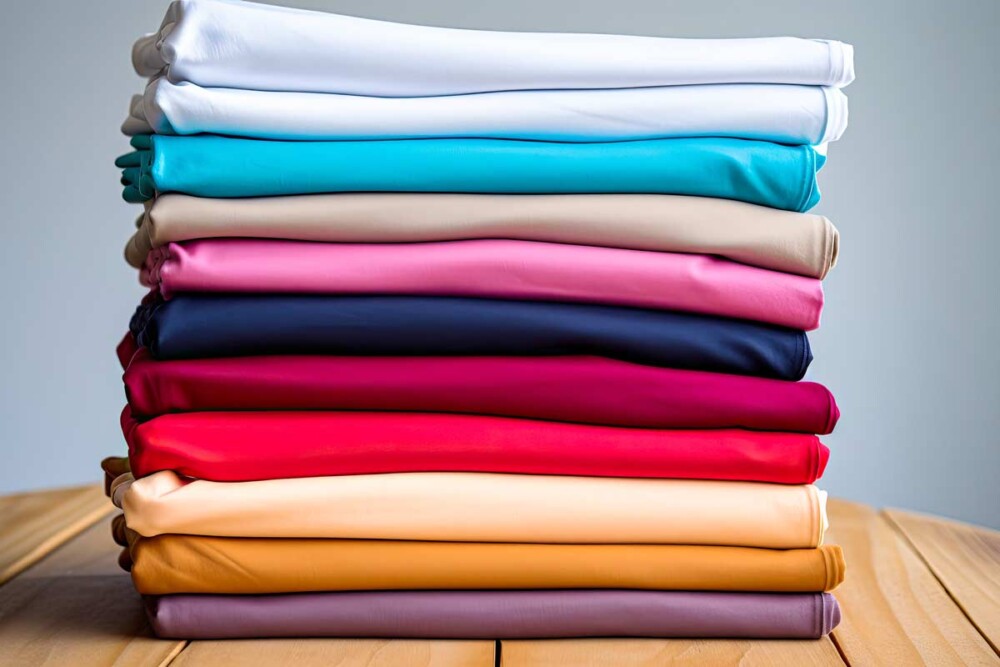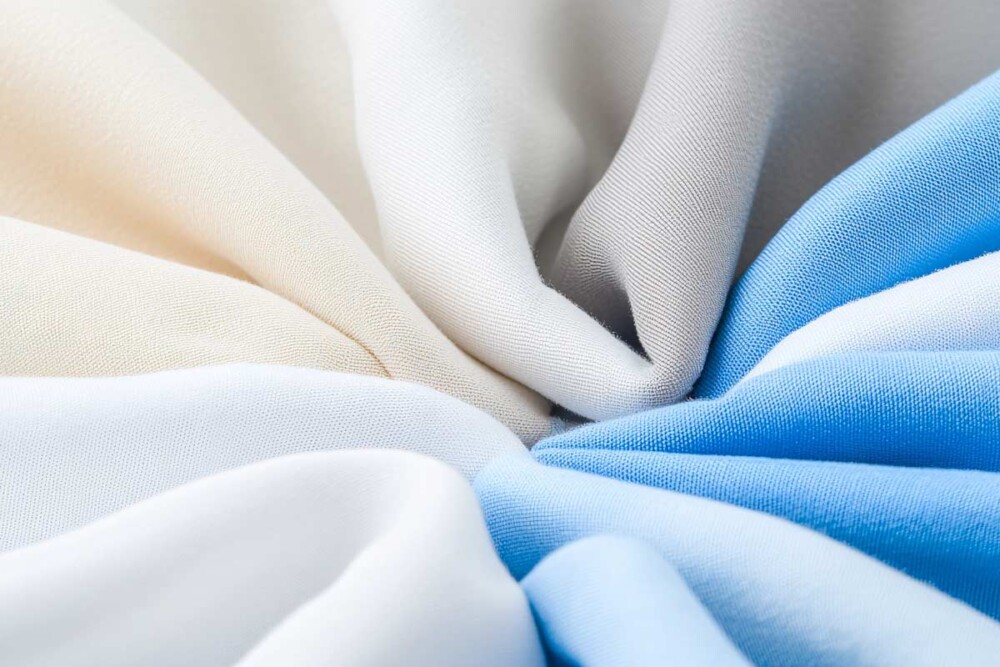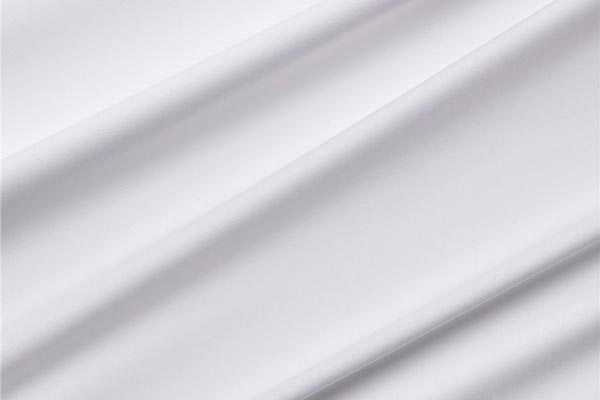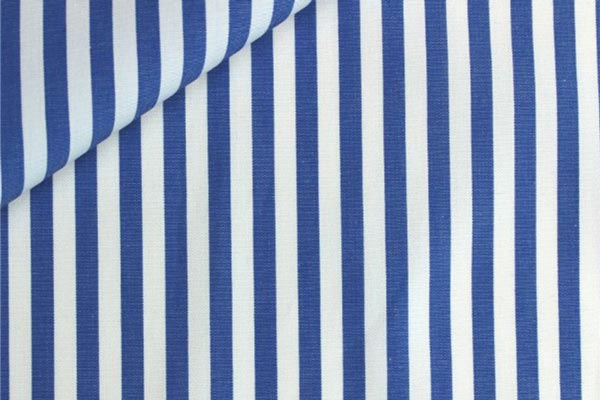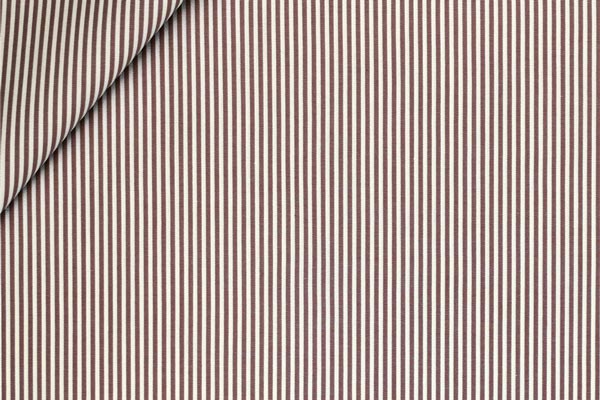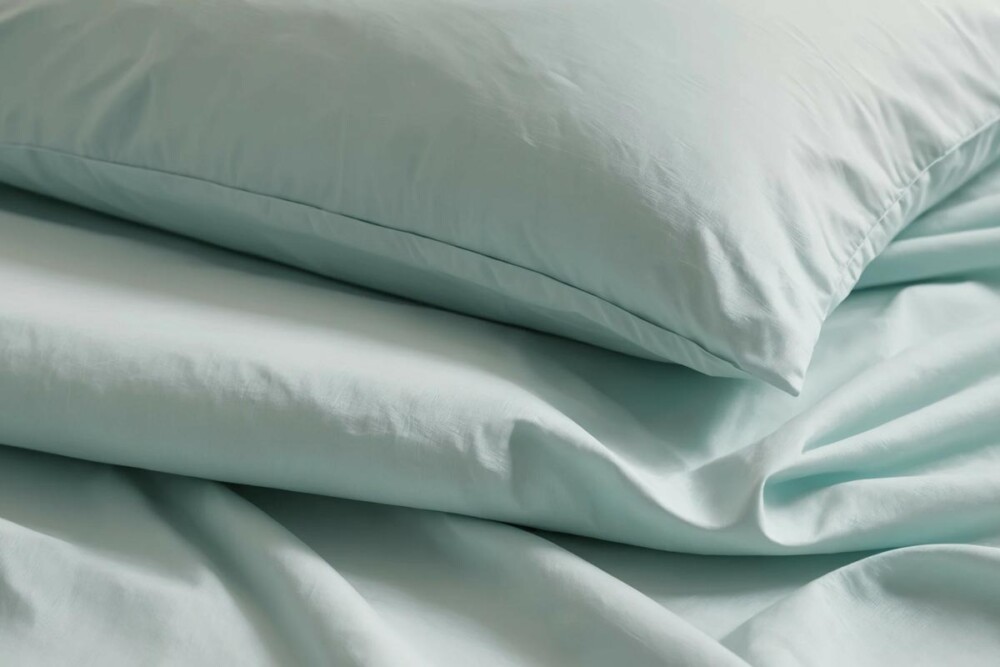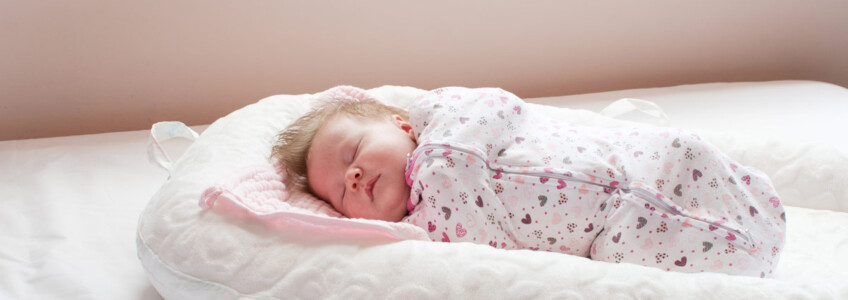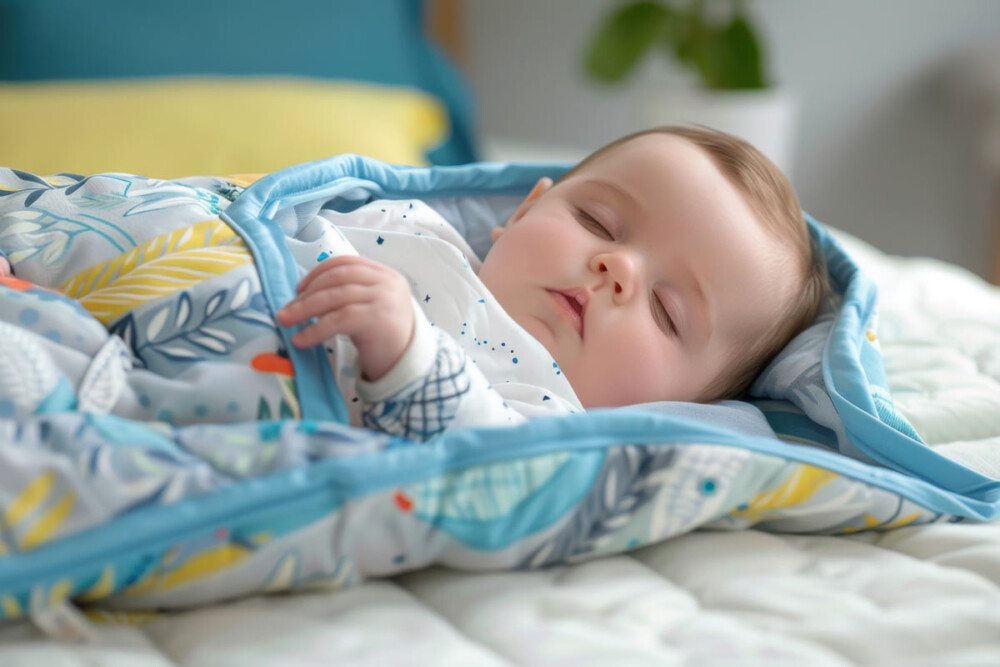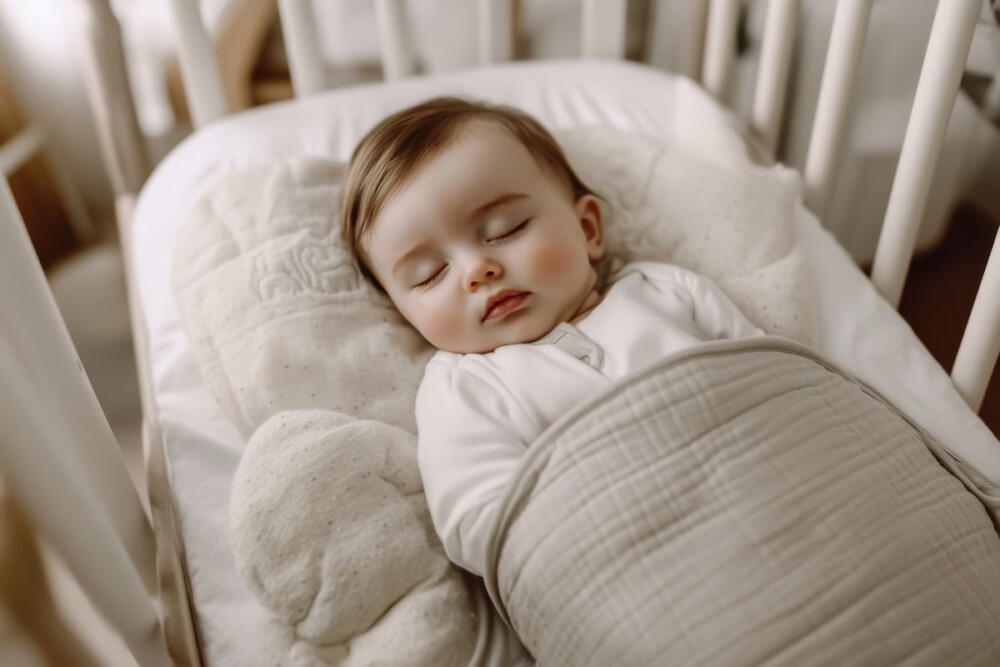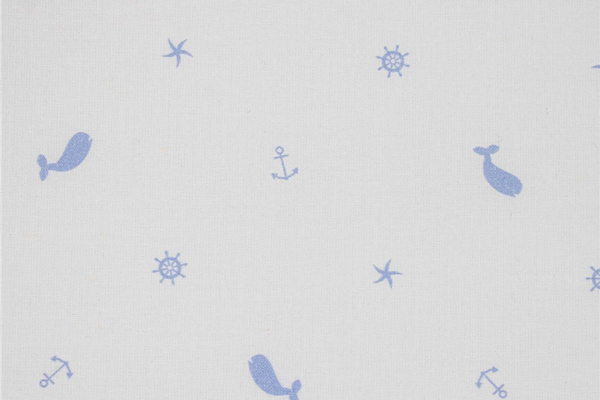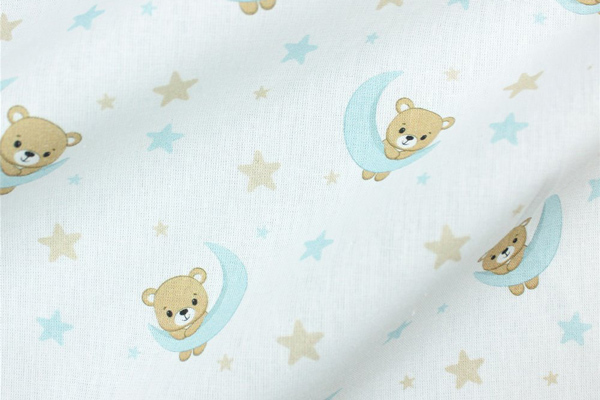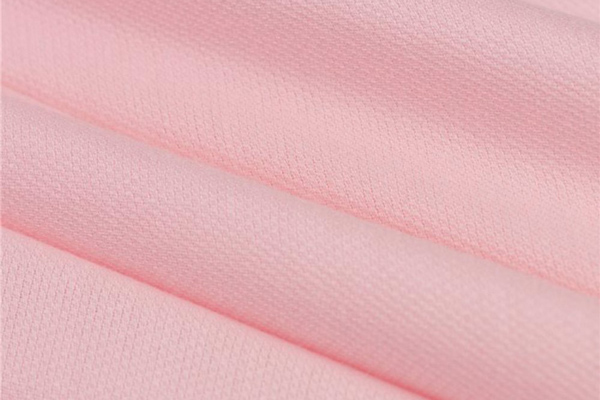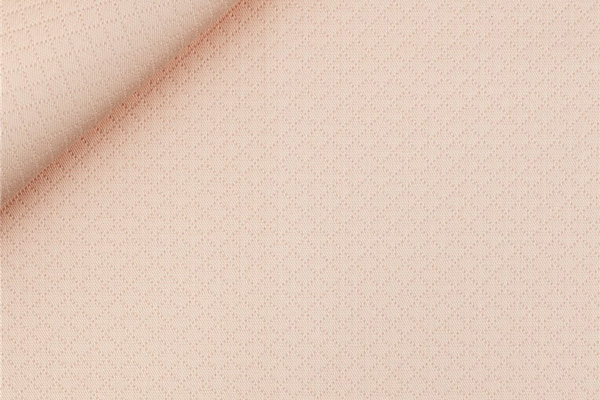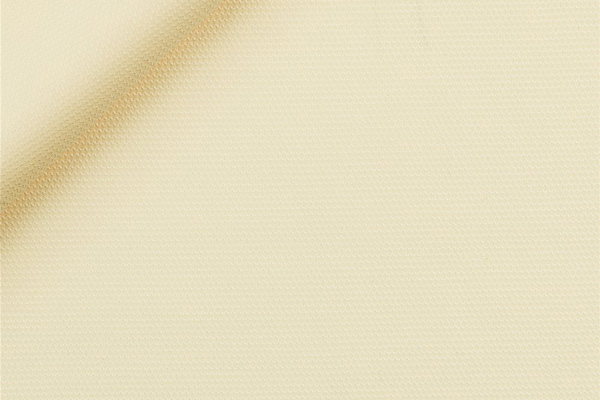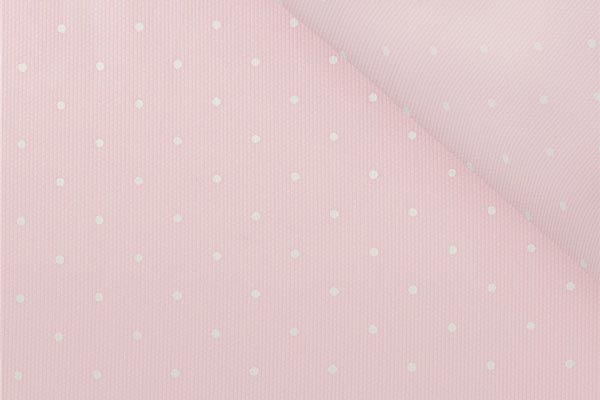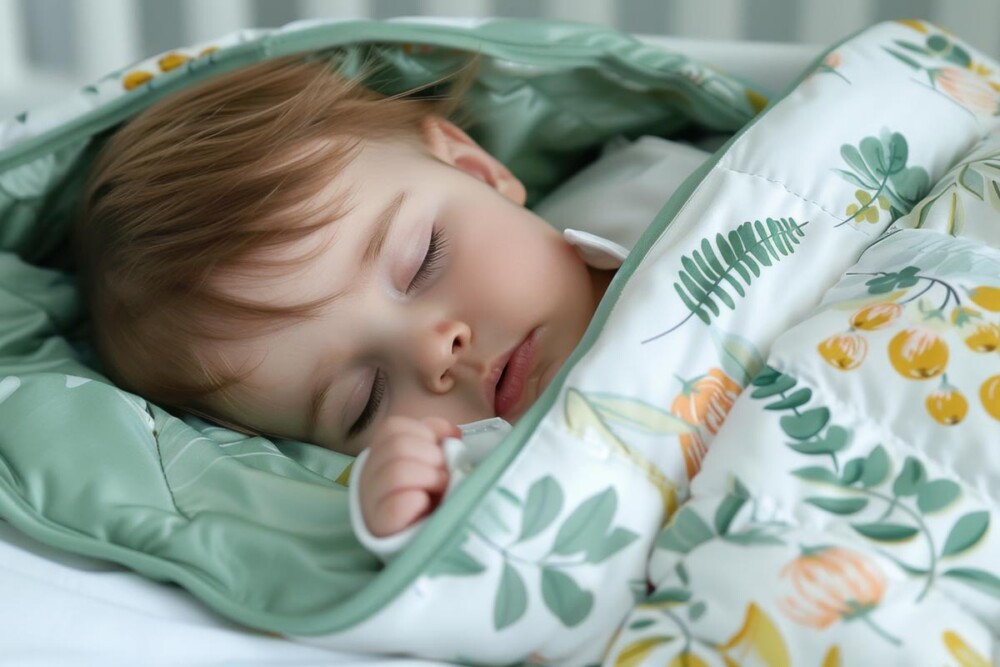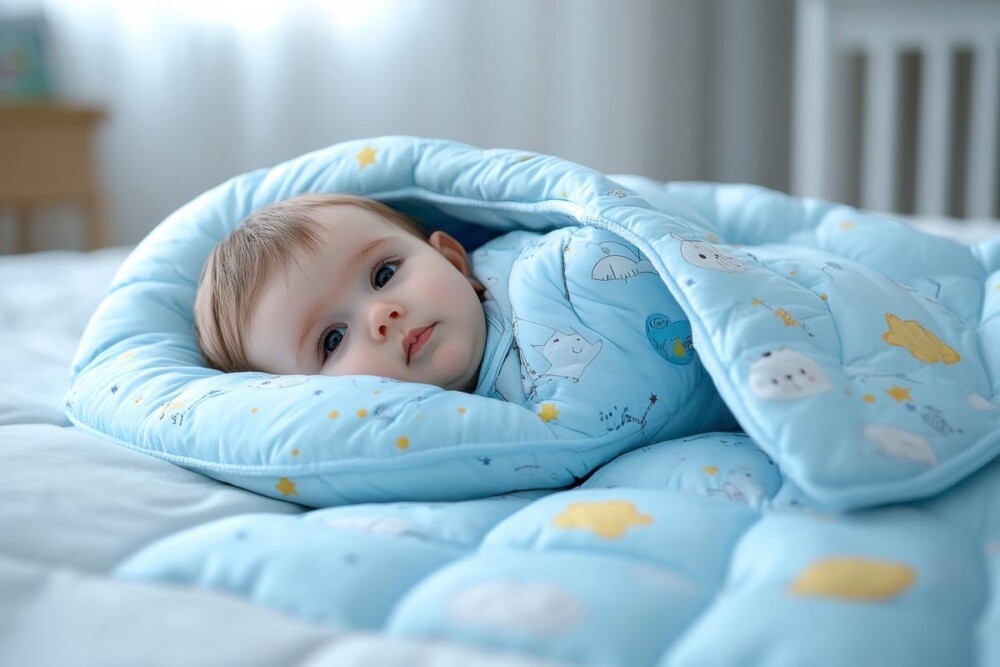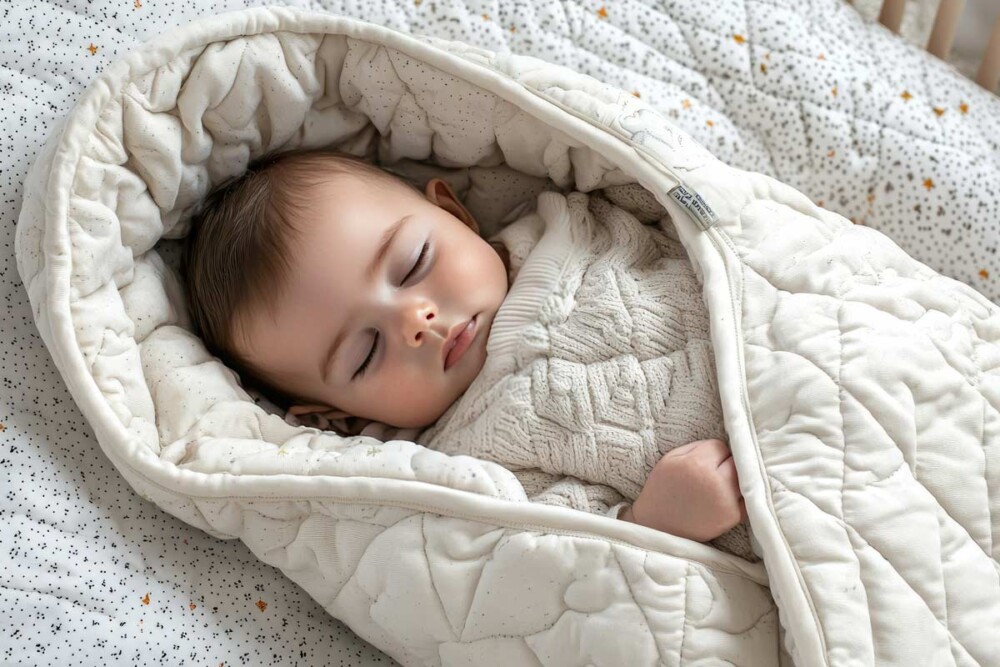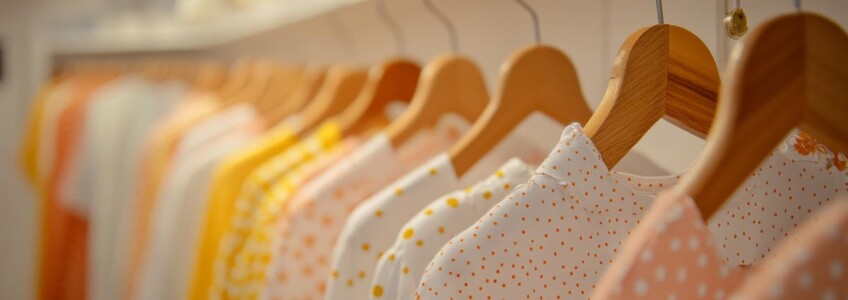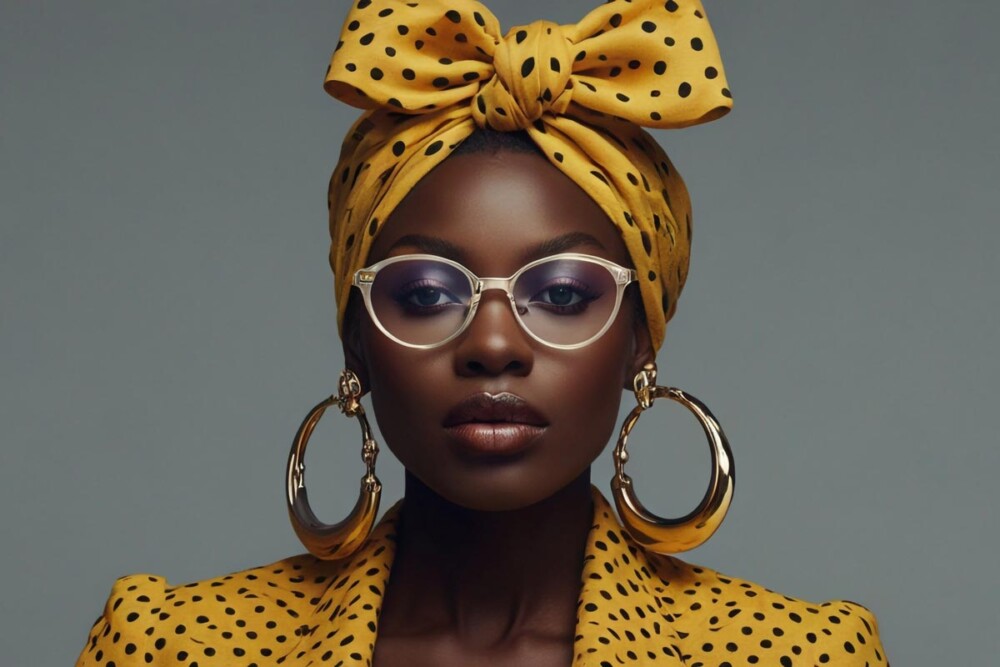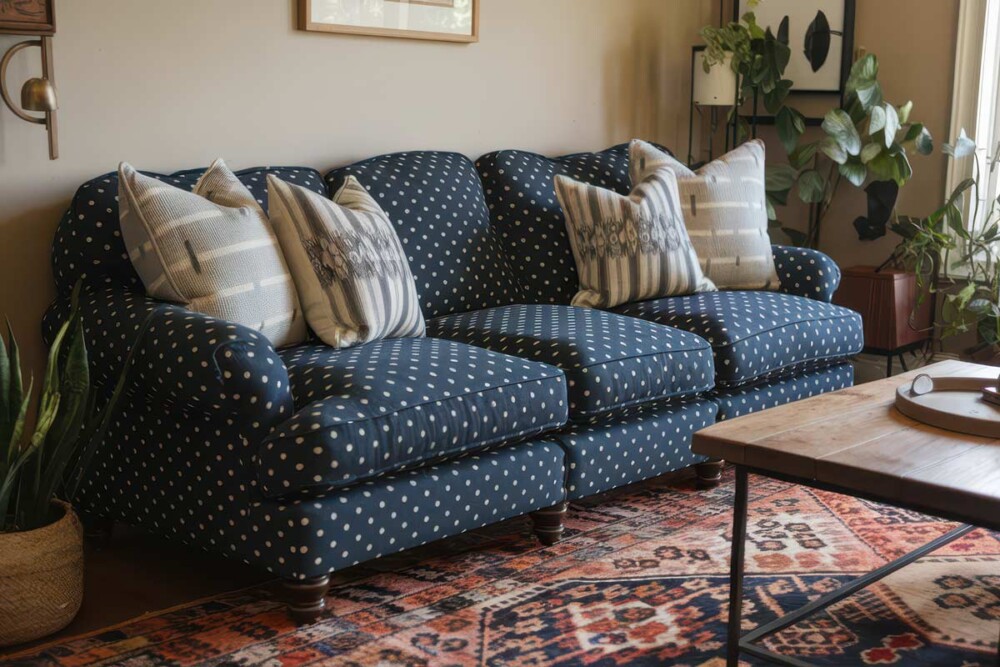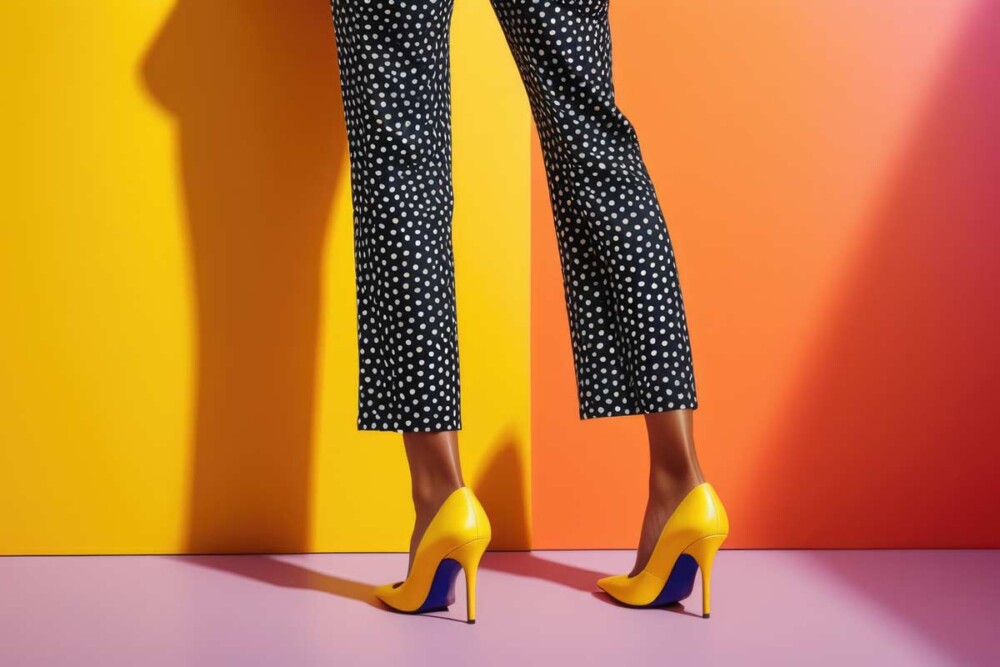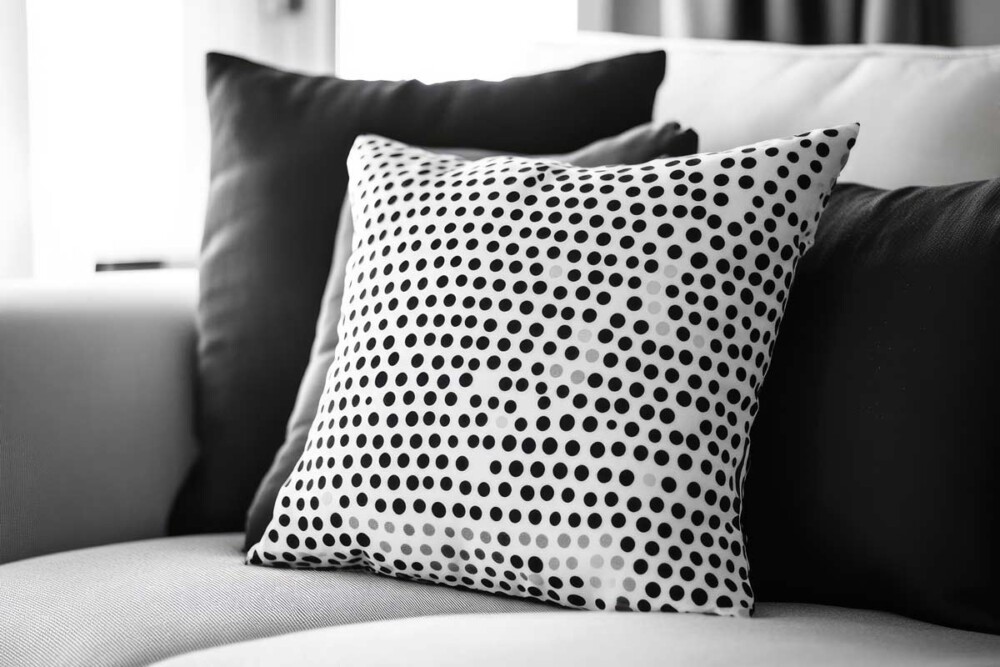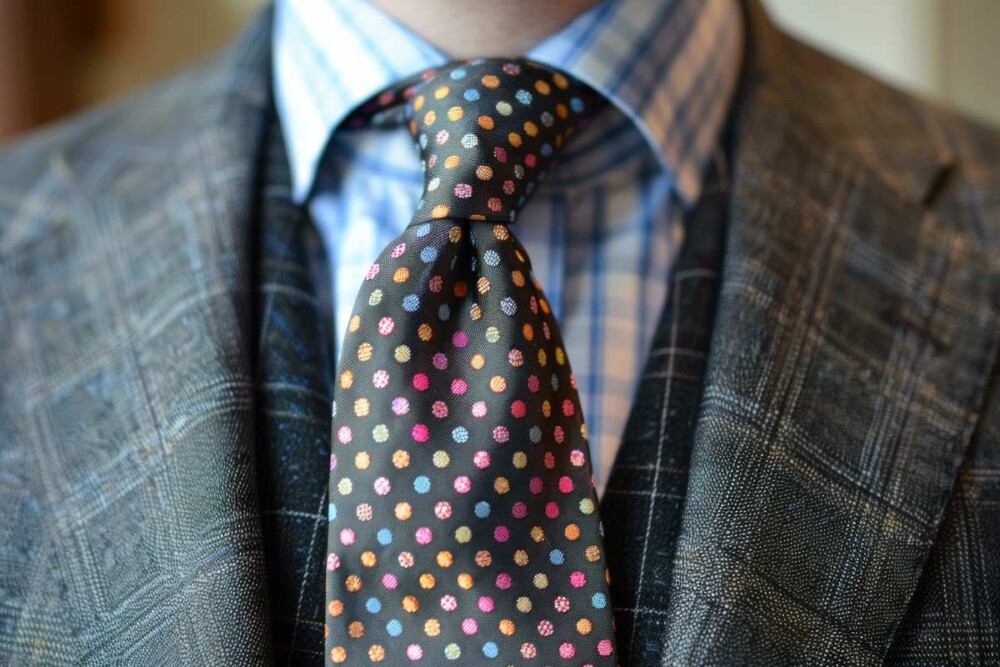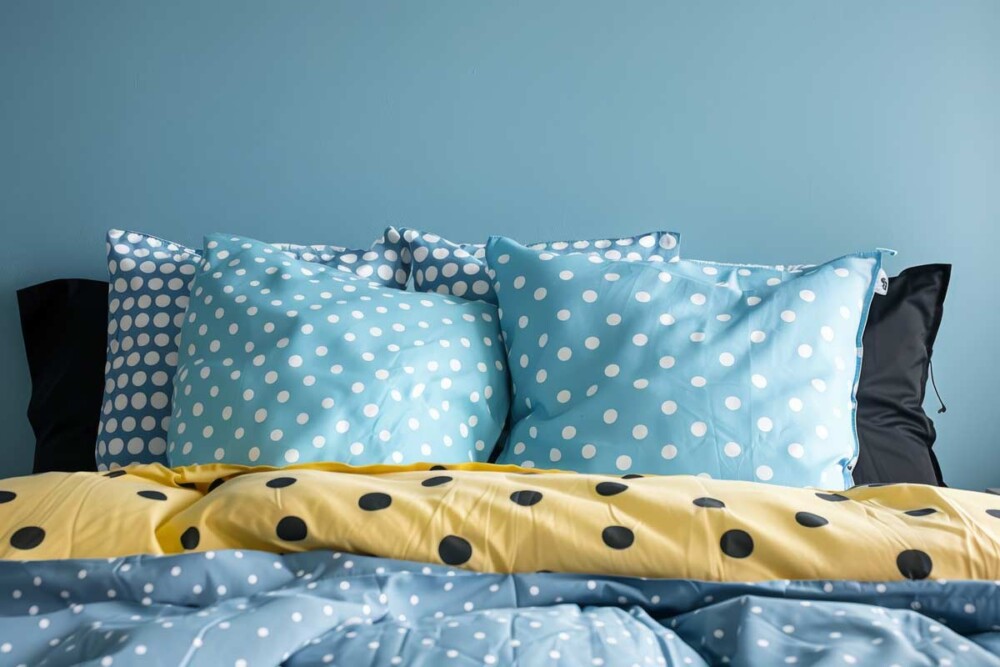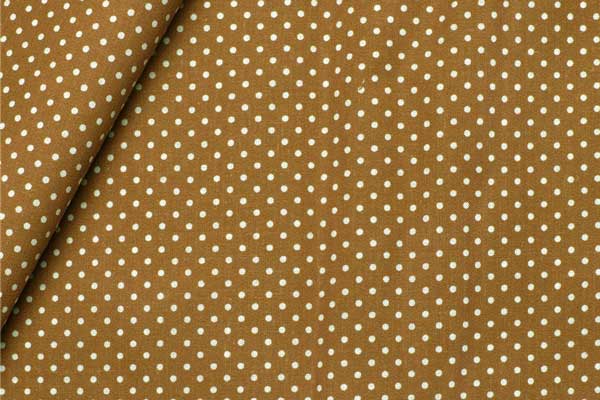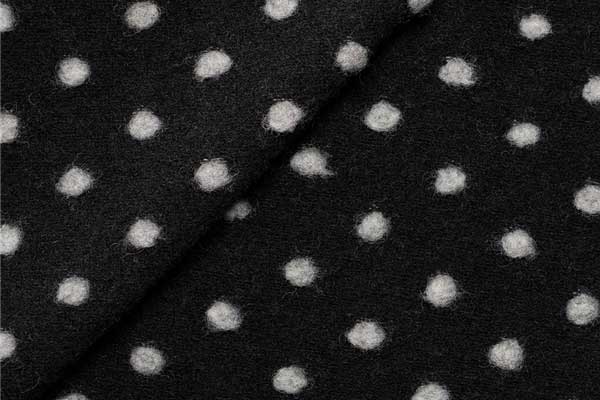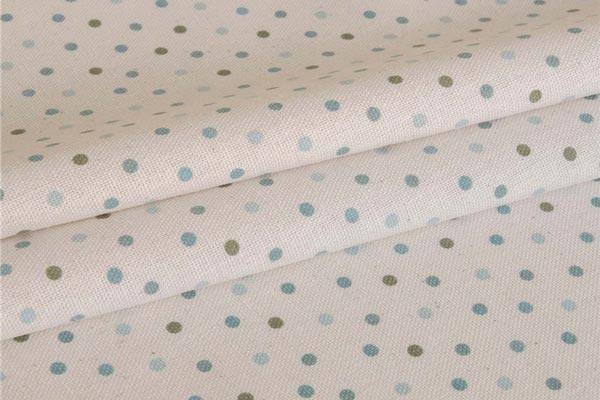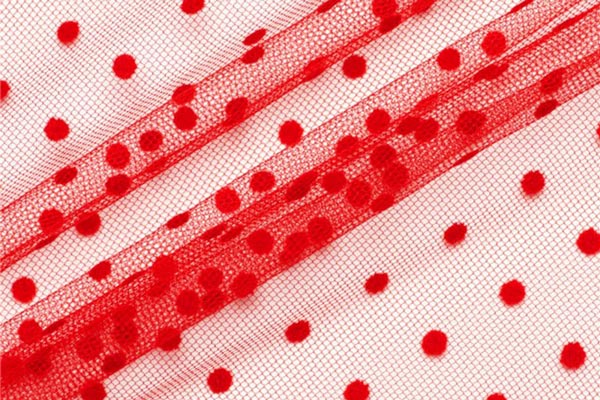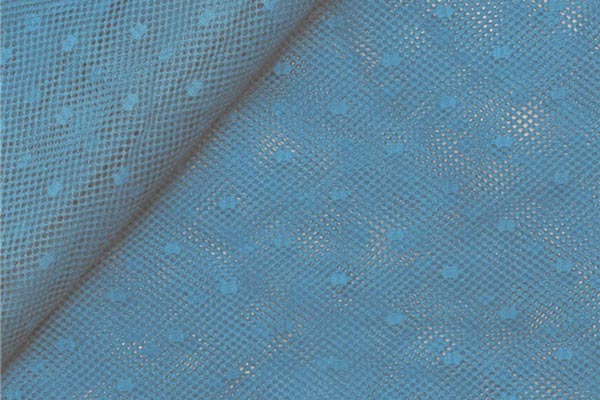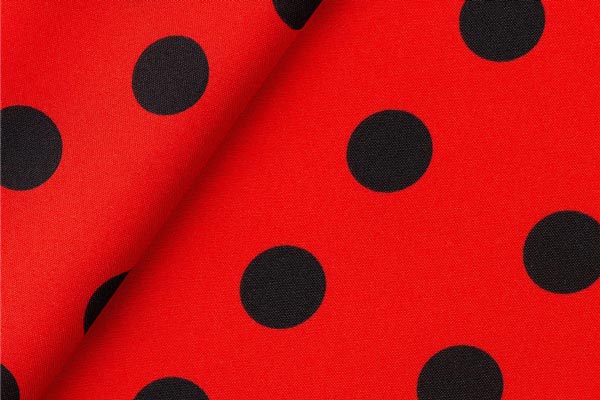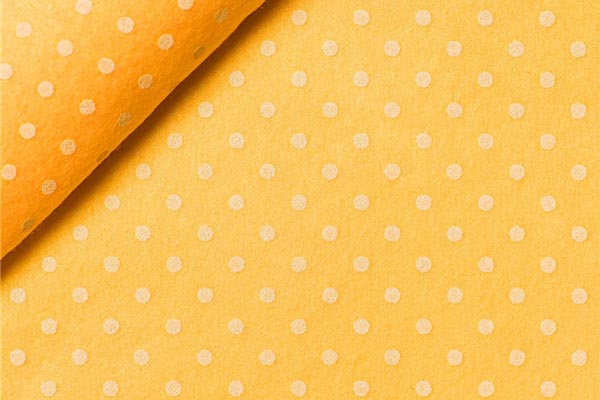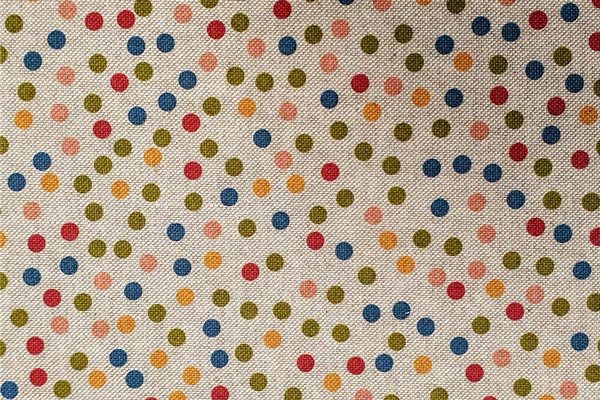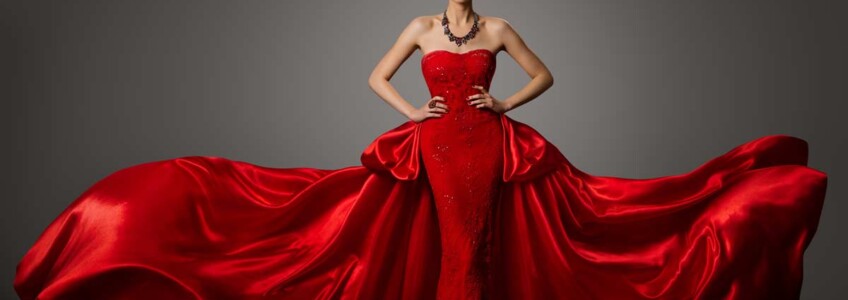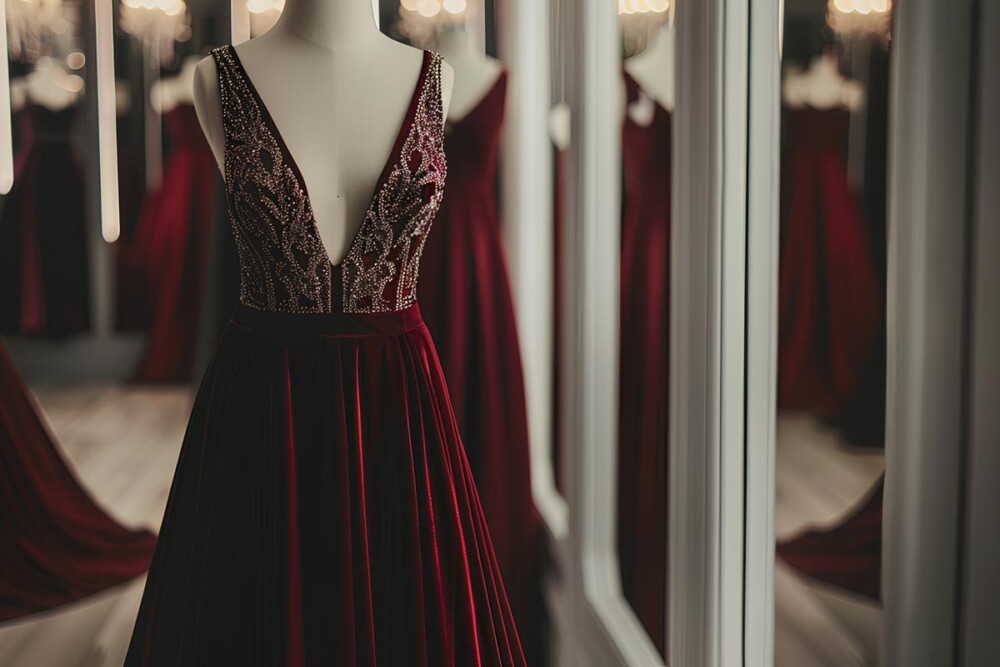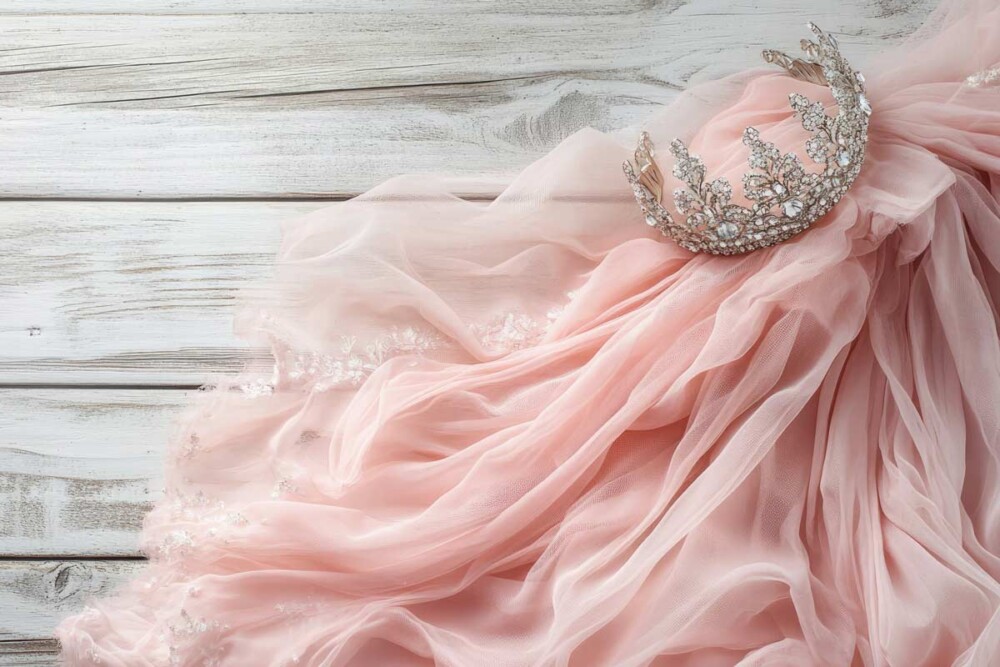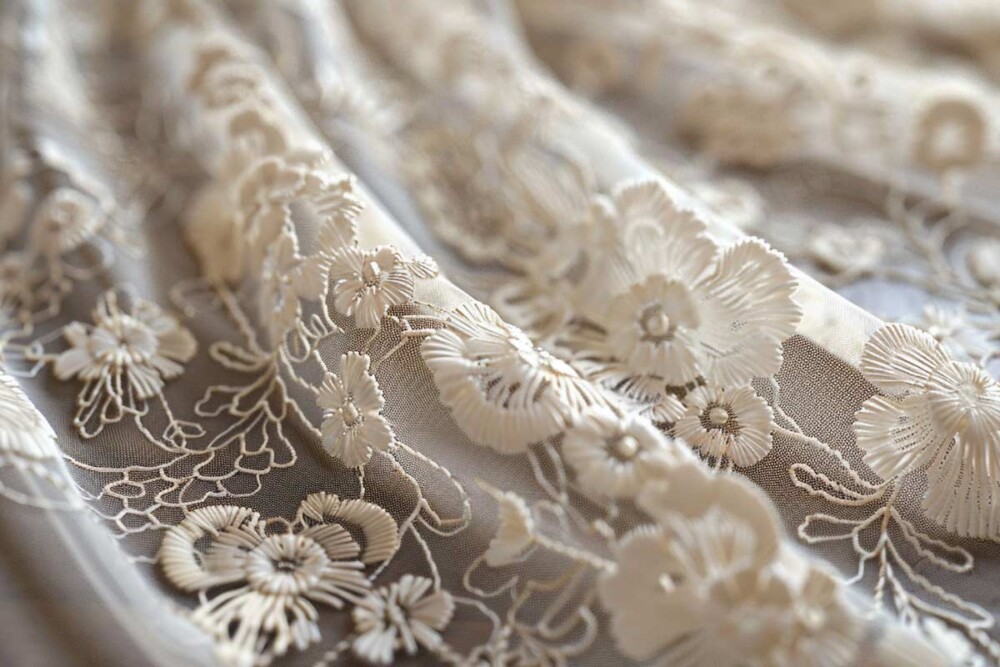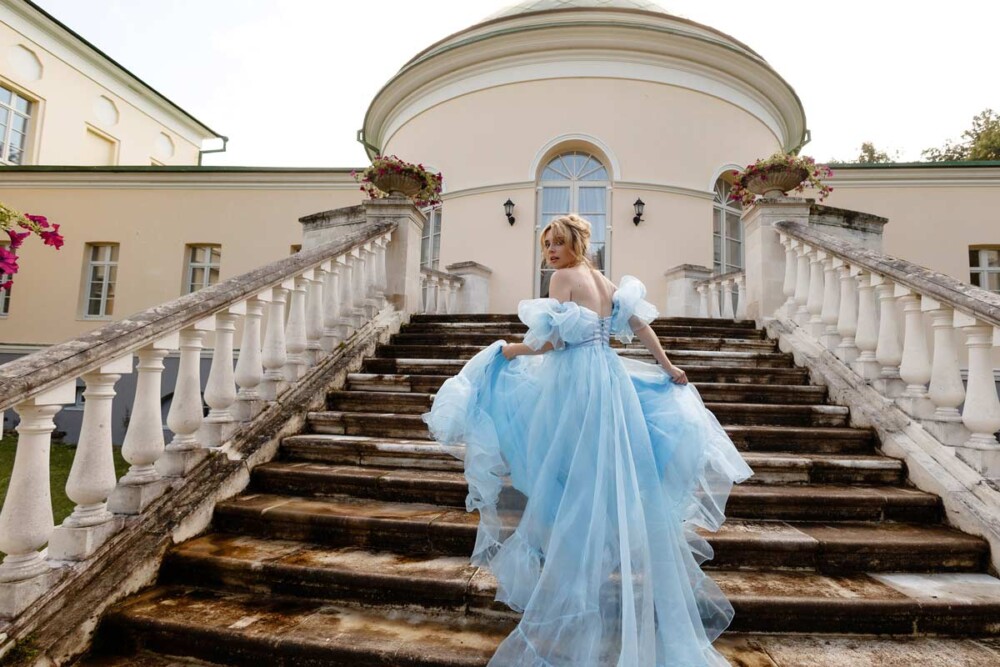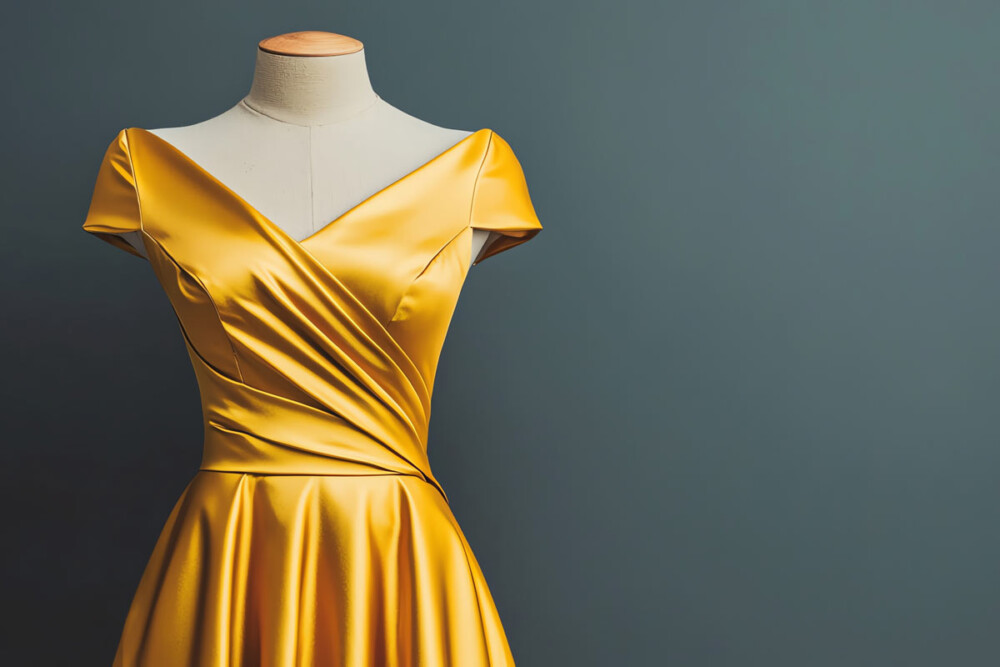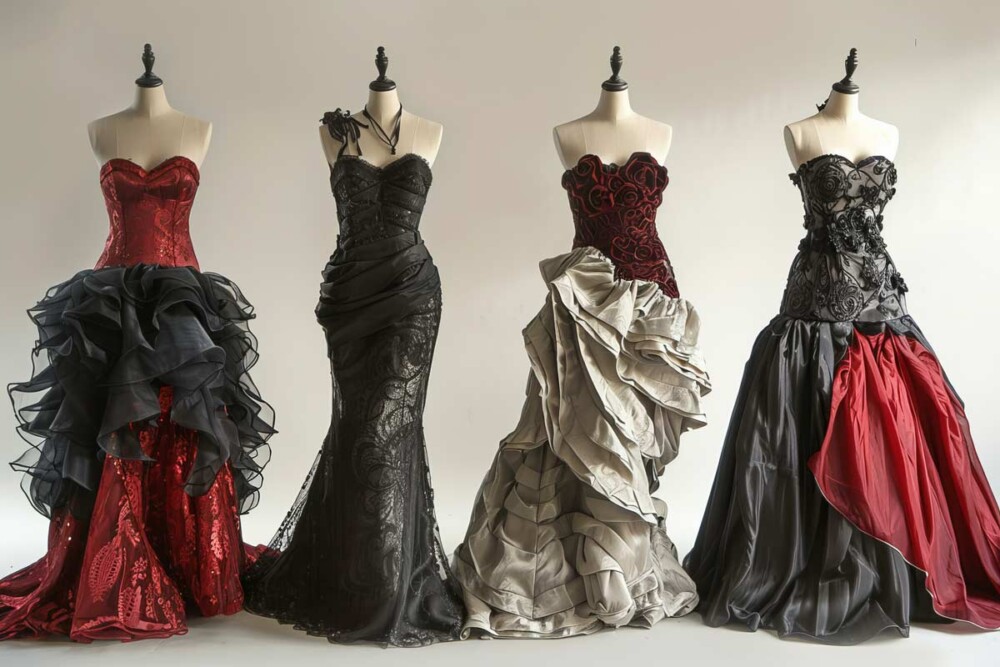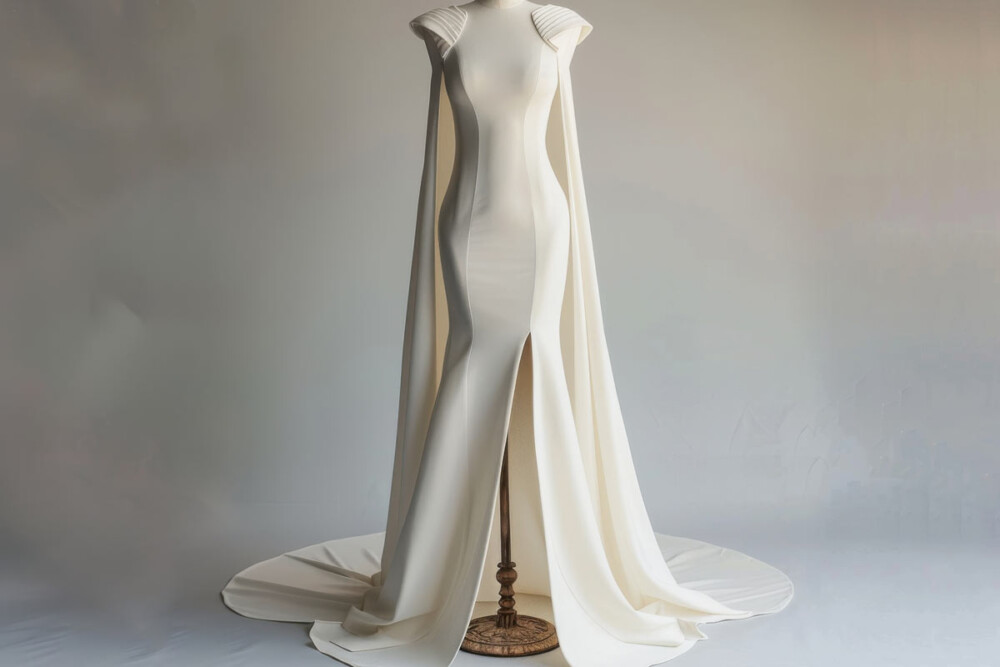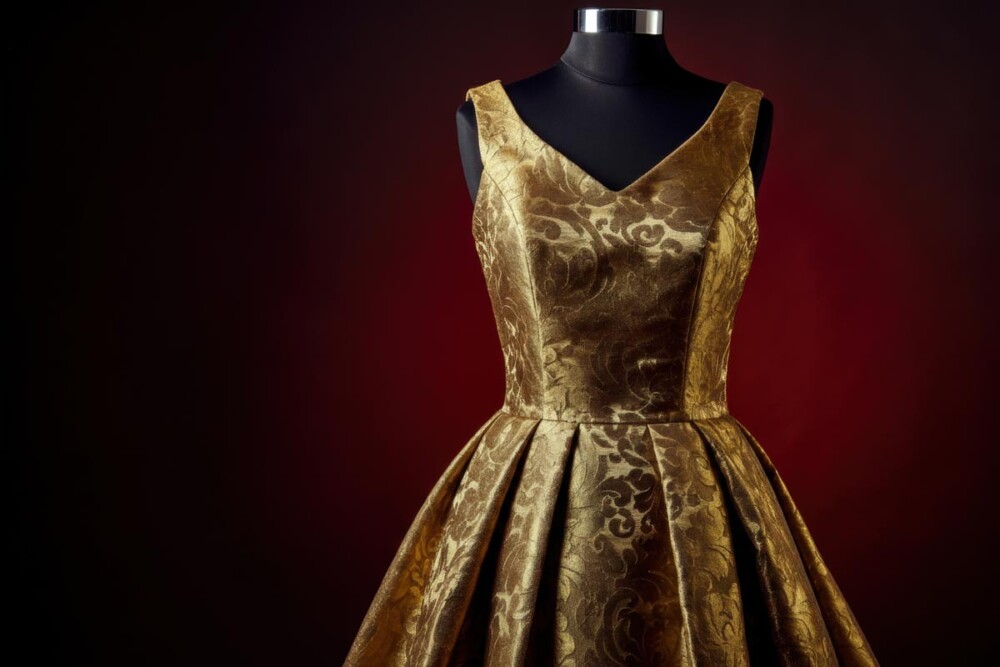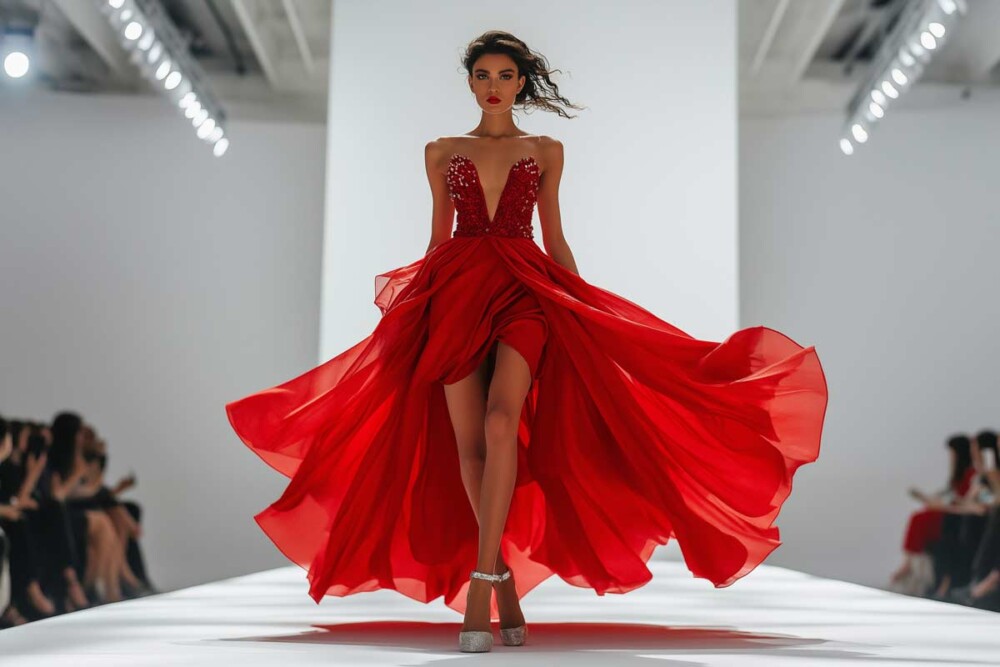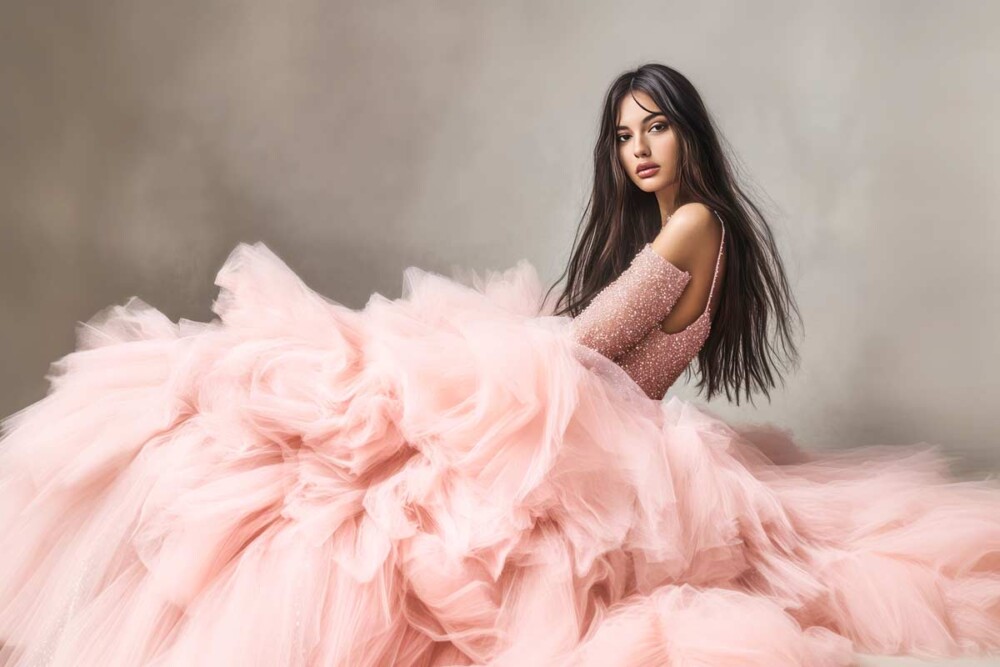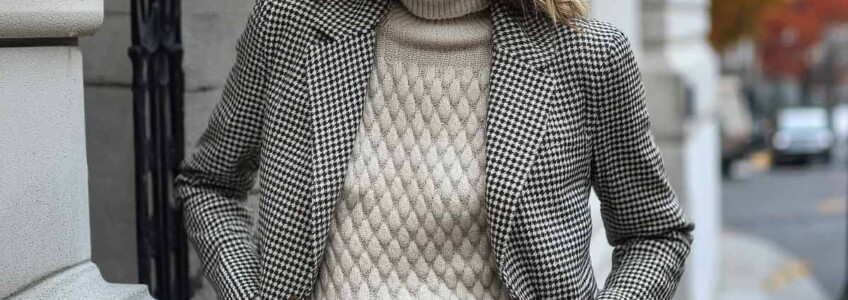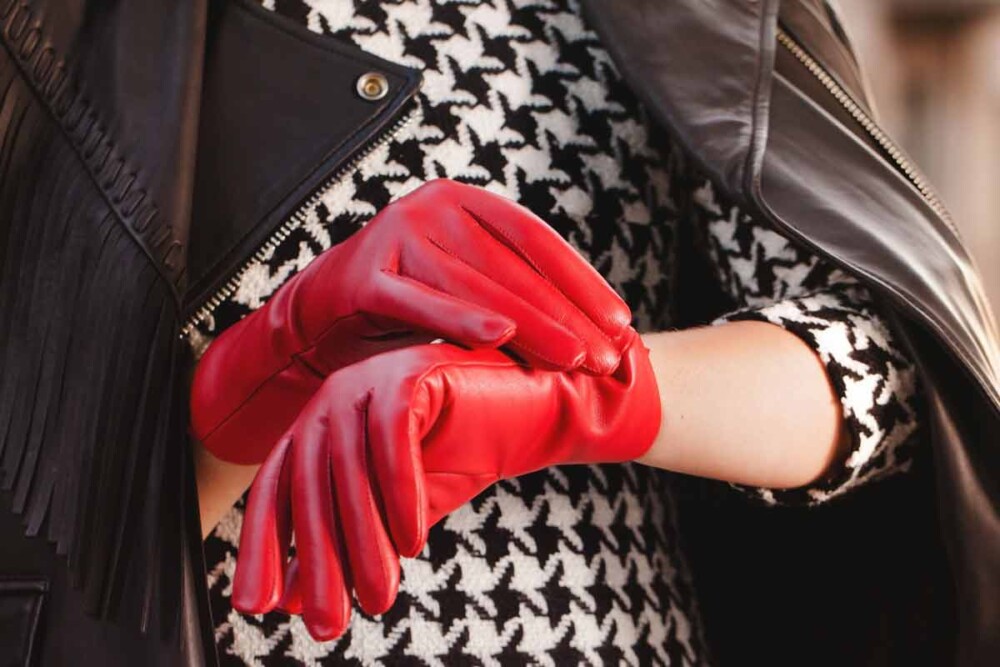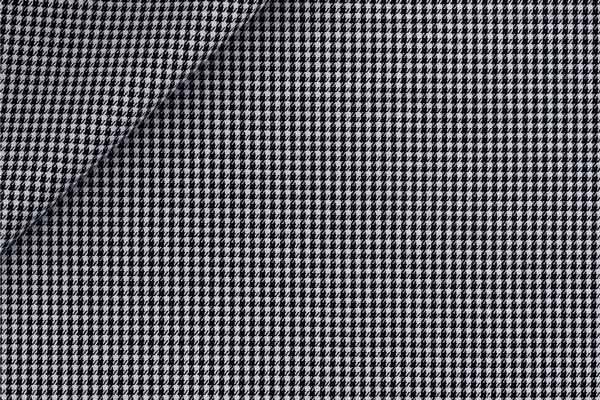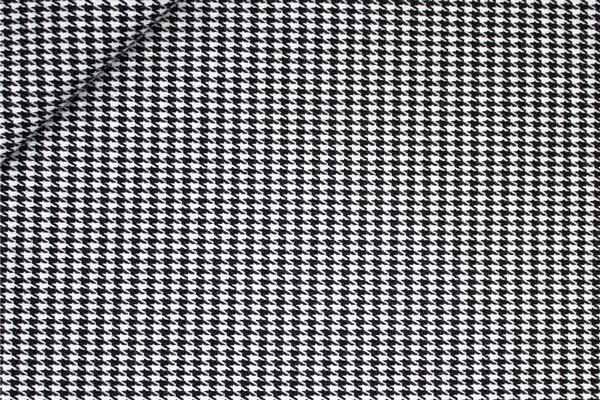When furnishing an outdoor space, choosing the right gazebo curtains is not just a matter of aesthetics. Fabrics, dimensions, and styles directly affect comfort, durability, and functionality. Whether it’s a small home garden or the outdoor area of a hospitality venue, gazebo fabrics should be selected carefully, balancing protection with visual appeal. Manifattura Foderami Cimmino offers practical tips to guide your purchase, from selecting the right material to identifying the most suitable gazebo curtain styles for your setting.
Why gazebo curtains make the difference
Many underestimate the role of gazebo curtains, viewing them as a secondary detail. In reality, they are a strategic element that significantly impacts the outdoor experience, both in terms of functionality and aesthetics.
Gazebo fabrics for sun, rain and wind protection
ChatGPT ha detto: Beyond their visual appeal, outdoor gazebo curtains serve an important shading function. They protect against direct sunlight, soften the wind, and can provide a partial barrier to rain. These features make the environment more comfortable, whether in a private garden or a commercial setting. In summer, they allow for outdoor dining or relaxation without direct sun exposure, while in spring or autumn they help shield from drafts, creating a more sheltered and livable space.
Aesthetic value and outdoor furniture of gazebos
Another important aspect not to overlook is the decorative potential of gazebo drapes. These elements define the style of the space, enhancing it with colors, textures, and soft drapes that create atmosphere and elevate the outdoor setting. Even a simple gazebo can be transformed into an elegant relaxation area or a cozy open-air lounge, ideal for welcoming guests or clients.

Which fabrics to choose for gazebo curtains
Choosing the right gazebo fabrics is the first step to ensuring durability, aesthetic appeal, and ease of maintenance. Let’s explore the main options available on the market.
The best technical fabrics: polyester, acrylic, linen blend
Among the most popular for outdoor use are polyester, acrylic, and blended linen. They offer resistance to weather conditions, are easy to clean, and retain vibrant colors even after months of exposure. Polyester is especially appreciated for its value for money and tear resistance. Acrylic performs exceptionally well under sunlight, while blended linen combines a natural look with practicality. These fabrics are ideal for those seeking a durable and versatile gazebo fabric cover.
Natural fabrics: pros and cons of cotton and pure linen
For those seeking a more natural look, cotton and pure linen are excellent options, especially for covered gazebos. However, it’s important to be aware of their limitations: they tend to fade more easily, absorb moisture, and require more care. They are ideal for more sheltered environments or for those who value a handcrafted aesthetic. They also work well for special events, ceremonies, or rustic-chic settings, where visual appeal takes priority over long-term durability.
Waterproof and stain-resistant treatments for gazebo tents
A good waterproof gazebo curtain must provide protection even in light rain. Water-repellent and stain-resistant surface treatments increase the durability and practicality of the fabric over time. Some materials are also treated against UV rays, preventing colour fading. In professional contexts, such as outdoor bars or restaurants, these features are essential to maintain a well-groomed and functional image.

How to correctly take measurements for gazebo curtains
Before purchasing, it is essential to take accurate gazebo curtain measurements to avoid mistakes that could compromise the functionality or visual appeal of the final result.
Height, width, protrusions: what to measure and how
It is necessary to measure the width and height of the opening of the gazebo, also evaluating the depth if you want a wrap-around side curtain. For a more elegant curled effect, we recommend multiplying the width by a coefficient between 1.5 and 2. Also pay attention to the height above the ground: it is better to leave a margin to prevent the curtain from crawling on the floor or getting dirty easily.
Custom made or pre-packaged curtains?
Is it better to buy custom-made gazebo panels or opt for standard modern curtain fabrics? It depends on your needs: custom solutions are ideal for irregular structures or specific requirements, while standard options suit those looking for a ready-to-use and more budget-friendly choice. Custom-made panels also allow for personalized finishes and fastening systems (Velcro, eyelets, loops, hooks), optimizing installation.
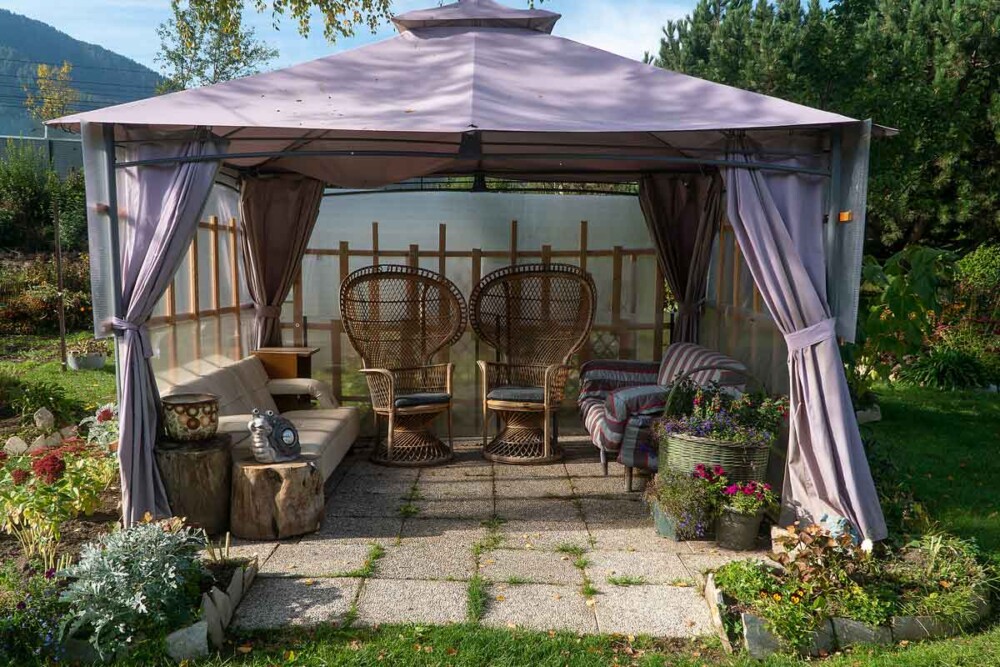
Styles of gazebo curtains: how to choose according to the environment
Aesthetics also play a key role. Gazebo curtains should harmonize with the outdoor setting and existing furnishings, creating a cohesive and visually appealing environment.
Elegant, rustic, modern: what style for your gazebo
A modern style calls for minimalist curtains in neutral tones such as grey, beige, or white. The rustic look favors fabrics with textured finishes, like raw linen or écru cotton. The elegant style, on the other hand, stands out with soft drapes, fluid fabrics, and sophisticated shades like dove grey or ivory. Each style can be enhanced with details such as tassels, reinforced edges, or bows, depending on the intended setting.
Colours, patterns and textile combinations
Color selection should be based on the furnishings and the atmosphere you wish to create. Light tones visually expand the space and help keep the environment cool. Floral or geometric patterns add a touch of personality but should be balanced with neutral elements. Coordinating with cushions, rugs, or tablecloths also plays a key role in defining the style of the entire outdoor area, especially in the case of wedding setups.
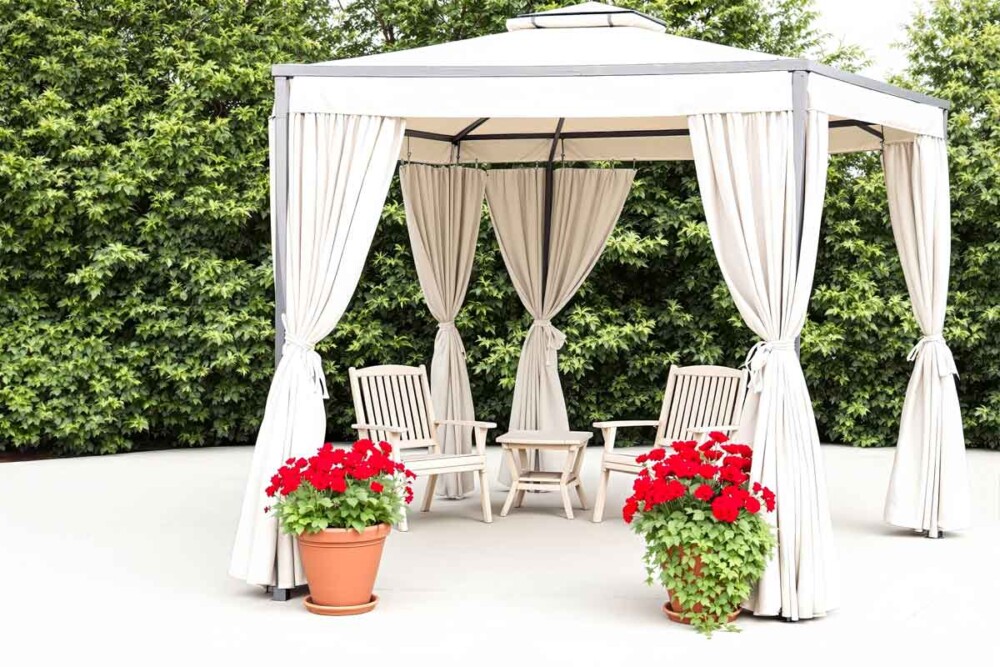
Where to buy quality gazebo curtains
For those looking for reliable outdoor gazebo curtains, it is essential to rely on experienced retailers specialized in the textile sector.
On CimminoShop.com, you’ll find a wide selection of gazebo curtains, from technical solutions to custom-made gazebo panels, ideal for private use, contract professionals, hospitality venues, and event planners. The available curtain fabrics are certified, weather-resistant, treated against UV rays and stains, and offered in a variety of colors and finishes. Purchases are supported by an expert customer service team, ready to provide personalized technical advice based on the intended use and structure of the gazebo.
Tenda Sole
The Tenda Sole is the perfect choice for those looking to create outdoor awnings that combine durability, functionality, and style. Made of 100% acrylic fiber, this material is specifically designed to withstand weather conditions, maintaining vibrant colors and structural integrity over time.
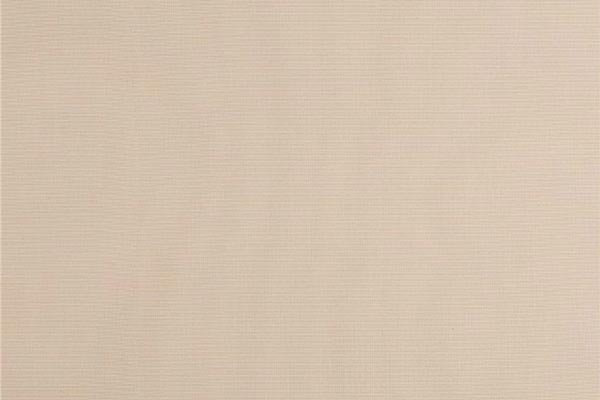
It is available in both solid colors and striped versions, offering versatile solutions for any outdoor setting—from balconies and terraces to commercial spaces. With a width of 140 cm and a weight of 315 gr/mtl (225 g/m²), the fabric ensures effective coverage and an elegant drape. It is non-stretch, washable, and suitable for professional treatments without losing its original qualities. Its preferential origin also makes it a high-quality choice from a commercial standpoint.
FAQ – Frequently asked questions about gazebo curtains
The best fabrics for gazebos are technical materials like polyester, acrylic, and blended linen, as they ensure resistance to sun, rain, and wear. They are easy to clean, do not fade easily, and are ideal for extended outdoor use.
Yes, if the gazebo is exposed to weather conditions, it is advisable to choose waterproof gazebo curtains. Fabrics treated with water-repellent coatings offer better protection from rain and ensure greater durability over time.
To measure outdoor gazebo curtains, it’s important to accurately take the height, width, and depth of the side to be covered. Adding extra width is helpful if a more elegant gathered effect is desired.
Custom-made gazebo panels are ideal for personalized structures or specific aesthetic needs. Pre-made curtains are more affordable and suitable for standard-sized gazebos.
The most common styles gazebo curtains are: modern (clean lines and neutral colors), rustic (natural textures and rough) and elegant (drapes and fluid fabrics). The choice depends on the decor and context.
Yes, many technical gazebo fabrics are treated to block UV rays, offering effective sun protection and preventing discoloration of the fabric itself.
It depends on the material. <strong>Polyester</strong> and <strong>acrylic</strong> can often be machine washed at low temperatures, but it’s always advisable to check the label or follow the manufacturer’s instructions.
On CimminoShop.com, you can find a wide range of gazebo curtains in both technical and natural fabrics, including custom-made panels, ideal for any type of gazebo and outdoor space.



